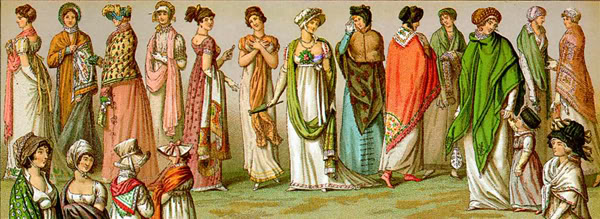Medievalism: Tales After Tolkien Society
The Tales After Tolkien Society promotes short-form medieval scholarship in popular cultural genres, including but not limited to: fantasy, science fiction, westerns, romance, horror, crime, historical, children’s and young adult fiction, and cross-genre writing. "The Tales After Tolkien Society recognizes the foundational place J. R. R. Tolkien’s work has not only for the fantasy genre, but for popular medievalisms far more widely."
The blog also offers brief comments on recent medievalist scholarship, book and article reviews, and other popular cultural uses of medievalist themes.
The motivation for the blog came about from the 2011 issue of the Modern Language Association of America's publication Profession. "In it is a cluster of articles discussing the evaluation of digital scholarship, and in the introduction to that cluster is the suggestion that digital scholarship needs to be encouraged among junior scholars—those who have not yet been awarded tenure and those who find themselves off the tenure track but not secure in identities as independent scholars."
Other advantages that digital scholarship offers are an "ability to track emergent trends in research and scholarship," a reading and an evaluation of the pieces by peers via comments and page analytics, and a space for detailed discussion of current articles.
They are currently seeking new contributors to the blog. Please contact Helen Young for more information at talesafterolkien@gmail.com.




